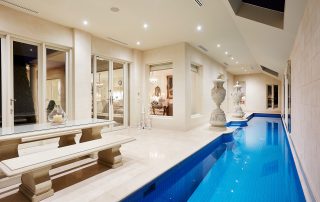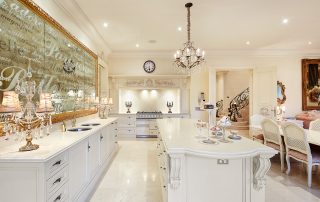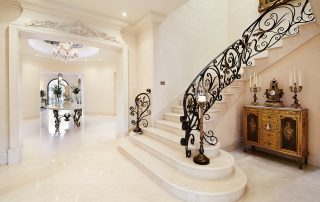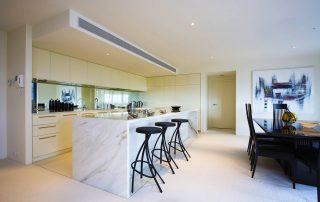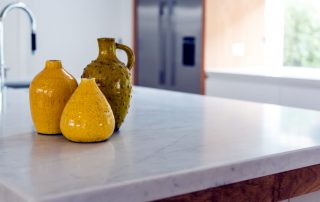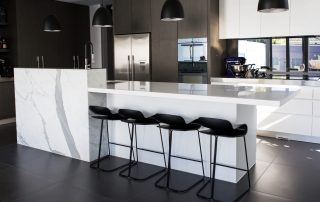Stone Types
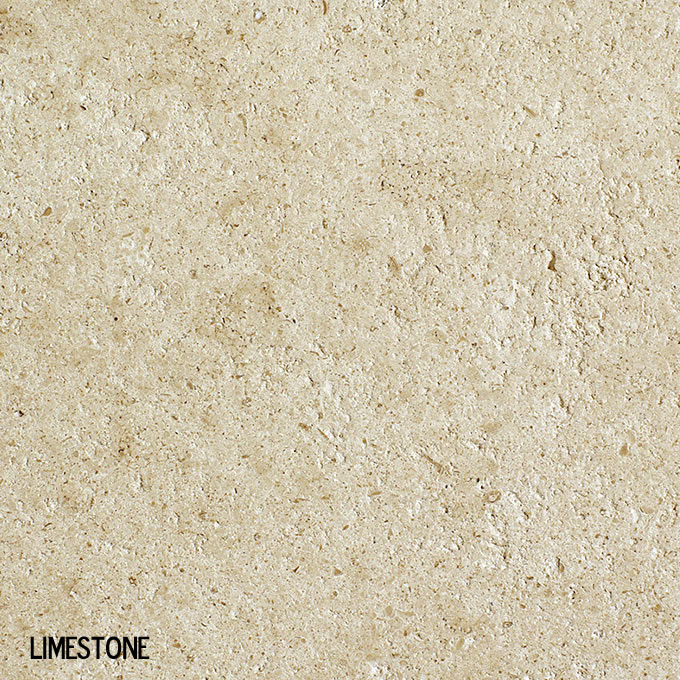
Limestone
Limestone is a relatively soft stone with a smooth surface and can vary in hardness. It contains the mineral calcite however some limestone also contains magnesium, which makes it harder and allows it to be polished like marble.
This harder limestone is also more weather resistant. It is typically used as a building material as it is readily available and is easy to manipulate.
Limestone is used for benchtops, fireplaces, floors, vanities, ornamental pieces, interior and exterior wall cladding and paving.
Being absorbent, Limestone is prone to staining and is quite sensitive to acidic substances such as wine and fruit juice, therefore it must be protected with a penetrating sealer.
Colours are usually soft and include grey, light beige to tan, white, pastel pink, green and yellow.
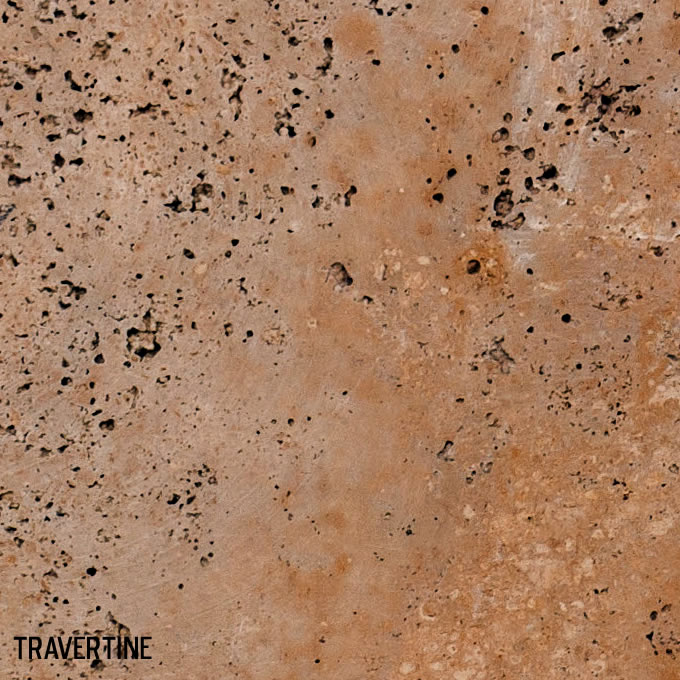
Travertine
Travertine is a relatively soft, porous type of stone formed by a process of rapid precipitation of calcium carbonate, often at the mouth of a hot spring or in a limestone cave. The calcium is washed from the limestone bed by hot spring water.
Carbon dioxide bubbles become trapped in the layers as the stone is being formed. Holes caused by these bubbles are typical in travertine. It comes in colours ranging from white, cream, to beige, tan, and even pink, red and gold.
Travertine is not particularly hard wearing, but if the holes are filled with cement or resin during the manufacturing process, it can be honed or polished and used in high traffic areas. It is mainly used to produce interior and exterior wall cladding, exterior tiles, paving, furniture and vanities etc.
Travertine is sensitive to acidic substances and must be sealed with a penetrating sealer.

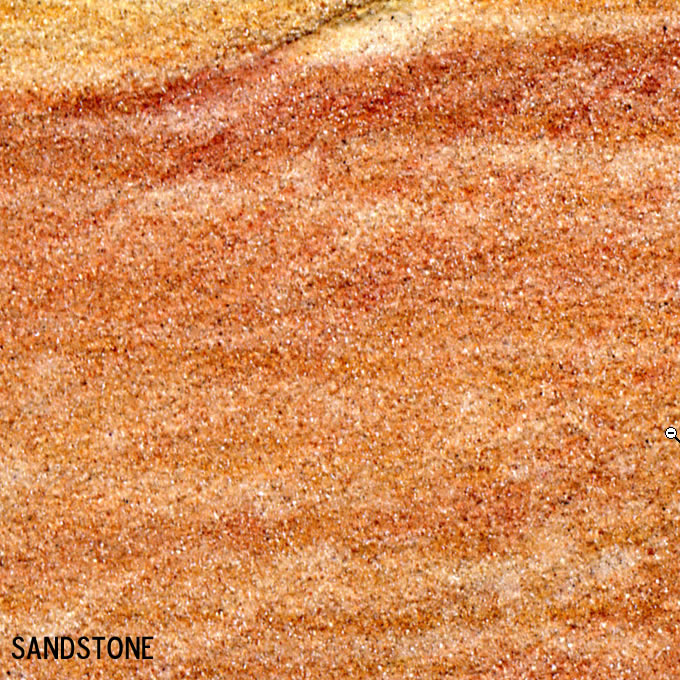
Sandstone
Sandstone is a relatively soft stone that is formed when sand containing a variety of minerals, including quartz, pyrite, iron, silica, calcite and sometimes organic matter, are cemented together by pressure.
It is a strong and durable stone and has excellent slip resistance. It can have a fine or coarse texture and is particularly suited to outdoor pool areas. Sandstone is used mainly to produce flooring, paving and walls.
As it is porous in nature, it must be sealed with a penetrating sealer.
Colours are usually cream, gold, brown, red, grey and sometimes green, depending on the minerals included in the sand.
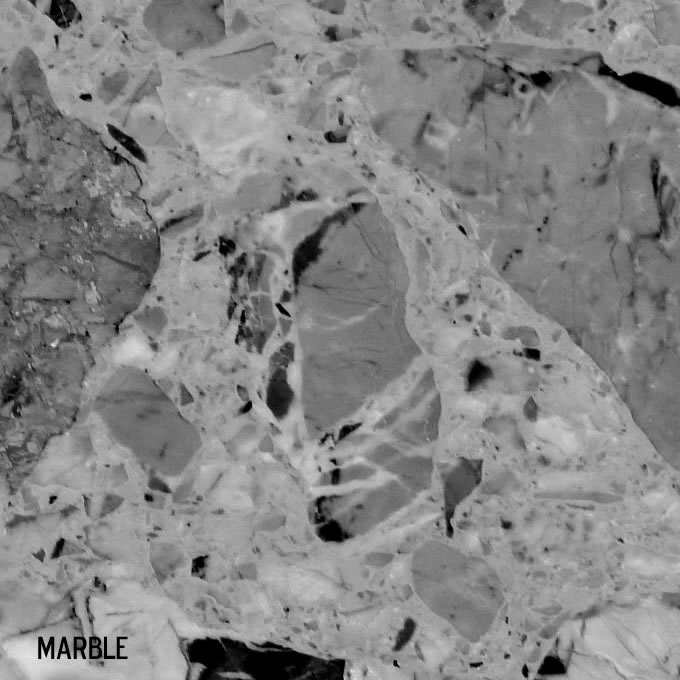
Marble
Marble is a relatively soft stone that is formed mainly from limestone reacting to the extreme heat underground but not directional pressure. It mainly contains the minerals calcite and dolomite, however impurities in the original limestone recrystallise to create a variety of colours within the marble.
Pure white marble contains more calcite and is the result of metamorphism of a very pure (silicate-poor) limestone or dolomite. Marble can also have a wide variety of swirls and vein like patterns that adds to its appeal. These veins are created when mineral impurities, such as clay, silt, sand, and iron oxides, are mobilised and recrystallised by the intense pressure and heat during the metamorphic process.
Marble is a popular stone commonly used for its strength and beauty and its ability to achieve a ‘mirror like’ finish when polished. It has been used for centuries as a building material and also to create sculptures, as it is soft but strong. The colour of marble is usually white, black, green, red, yellow and varying shades of these colours.
As a building material, Marble is typically used for benchtops, floors, furniture, vanities, bathroom tiles and ornaments. It is fairly resistant to erosion, however, it can be easily scratched and damaged by acidic liquids that can etch the surface. It is not an ideal surface to use as a kitchen benchtop where spills and scratching are common. Its longevity and appearance will be determined by its treatment and maintenance. Sealing with a quality stone sealer, such as I.C. Stone Protection, is highly recommended, as is regular cleaning with recommended products.

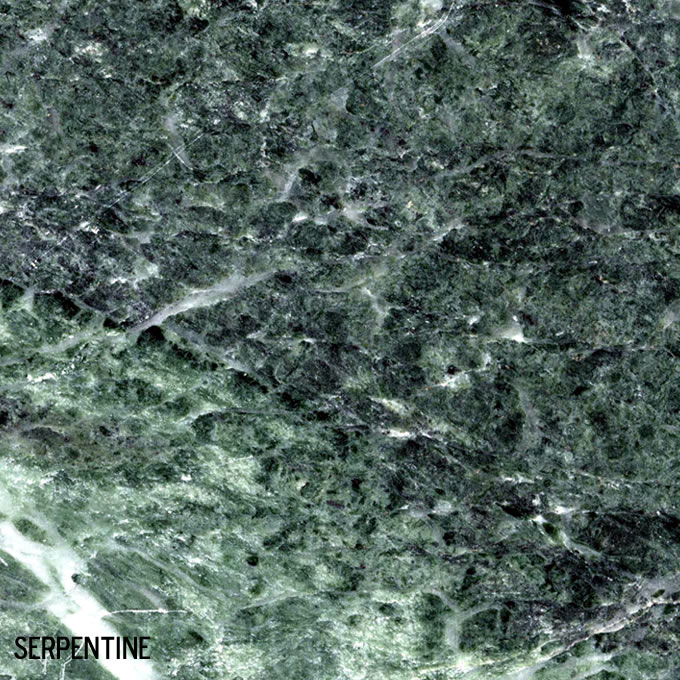
Serpentine
Serpentine (Green Marble) is a soft stone and gets its name from the pattern in the marble that is said to resemble a serpent’s skin. Its green colour is primarily due to the magnesium content.
Typical colours are green (yellowy, olive to dark), brown, grey and black and it often has a whitish vein running through it.
It is often used for furniture and ornaments, as it is soft and ideal for carving. Serpentine is sometimes mistaken for jade. It doesn’t stand up well to outdoor elements and is better suited to indoor uses.
Serpentine is suitable for kitchen benchtops as it is not affected by acidic liquids. It can be polished but the end result is not highly reflective.
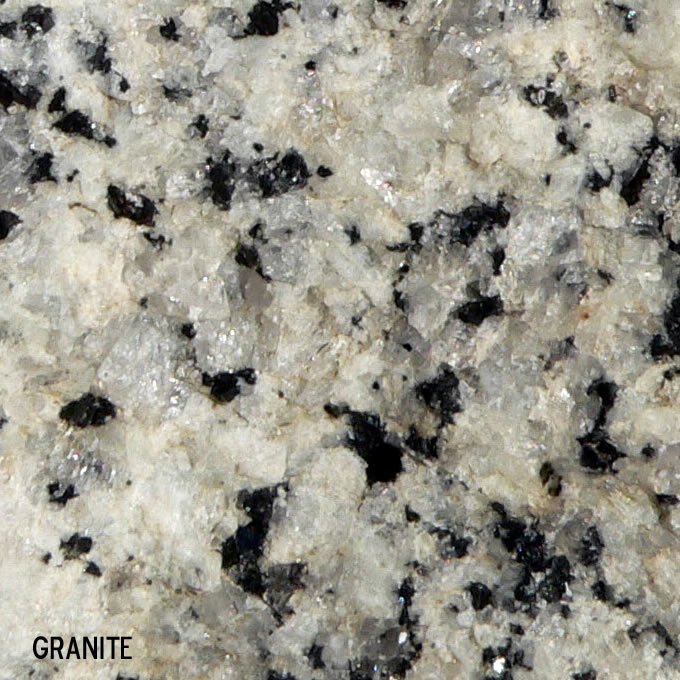
Granite
Granite is a hard, strong stone that is extremely durable. It contains crystals that give it flecked appearance. It comes in shades of black, grey, brown, red, pink and yellow.
Due to its hard nature and its ability to withstand deterioration, granite is a very popular building material. It is often used for large public flooring areas, stairs, monuments and retaining walls, as well as commonly used indoors for kitchen benchtops, floors, bathroom vanities and furniture.
Polished granite is easily maintained and is hard wearing being heat, chip, fire, scratch and bacteria resistant, and, when it is treated with a high quality sealer, it will not be affected by acidic liquids like juice, wine, coffee, etc.

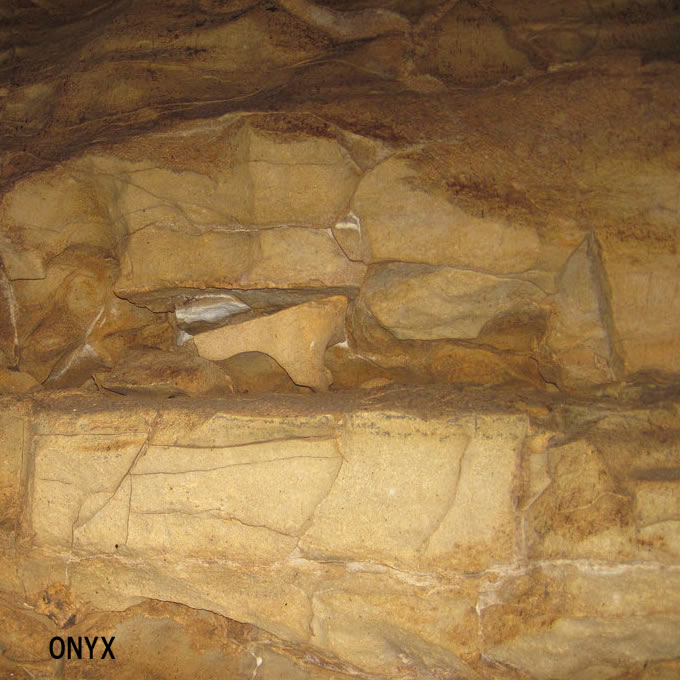
Onyx
Onyx is a soft stone known for its opalescence, spectacular patterns and vibrant colours. It comes in a range of colours from reds, browns, greys, pastel greens, creams, amber and whites.
Due to its soft nature it should not be used in hard wearing applications and it must be professionally sealed as stains are very difficult to remove.
It is used to make hand basins, tiles, tables and ornamental applications, like vases and bowls, which can be back-lit capitalising on its translucent nature.
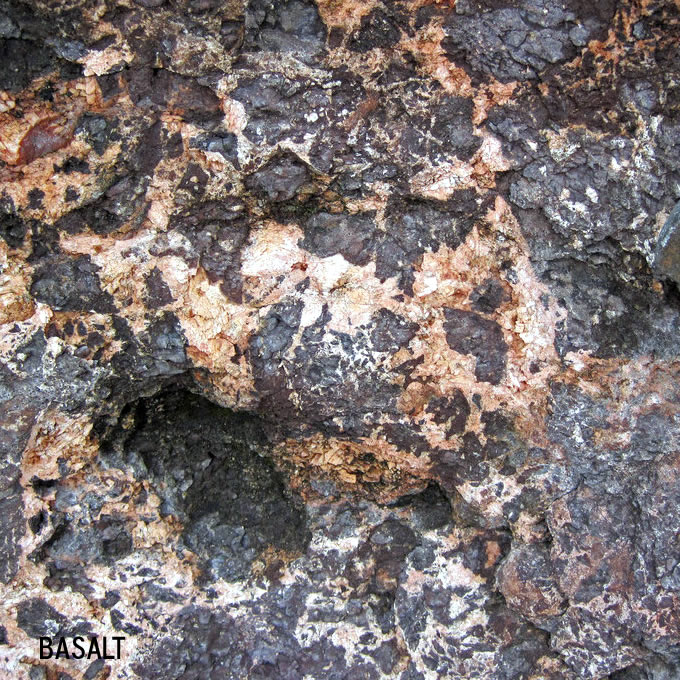
Basalt
Also known as bluestone, Basalt is a very hard stone. Colours are usually blue/grey, green/grey, grey and black.
Basalt has been traditionally used for roads and lane ways due to its durability and non-slip texture and its ability to quickly drain water away from the surface.
These days it is commonly used in outdoor areas for paving, stairs, exterior wall cladding, ponds, landscaping, pathways and indoors for bench tops, walls and floors.

Melbourne’s Most Trusted Stone Restoration & Repair Service
GIVE US A CALL ON 03 9532 1758 NOW

